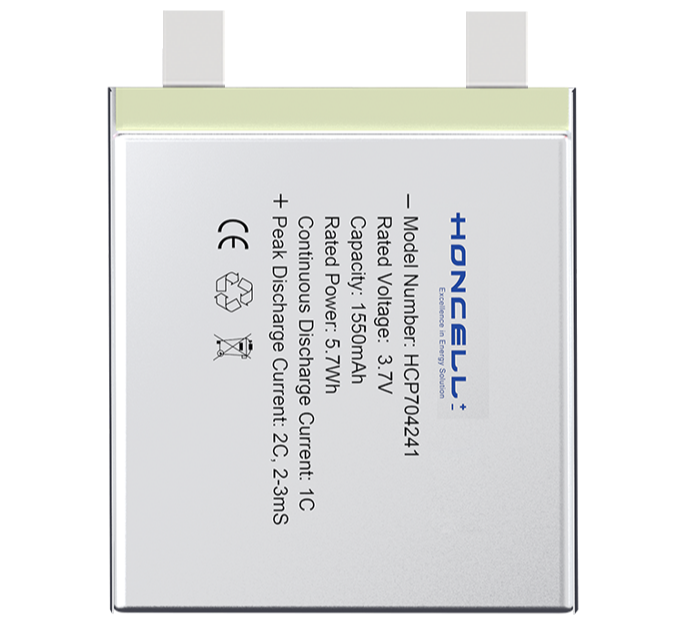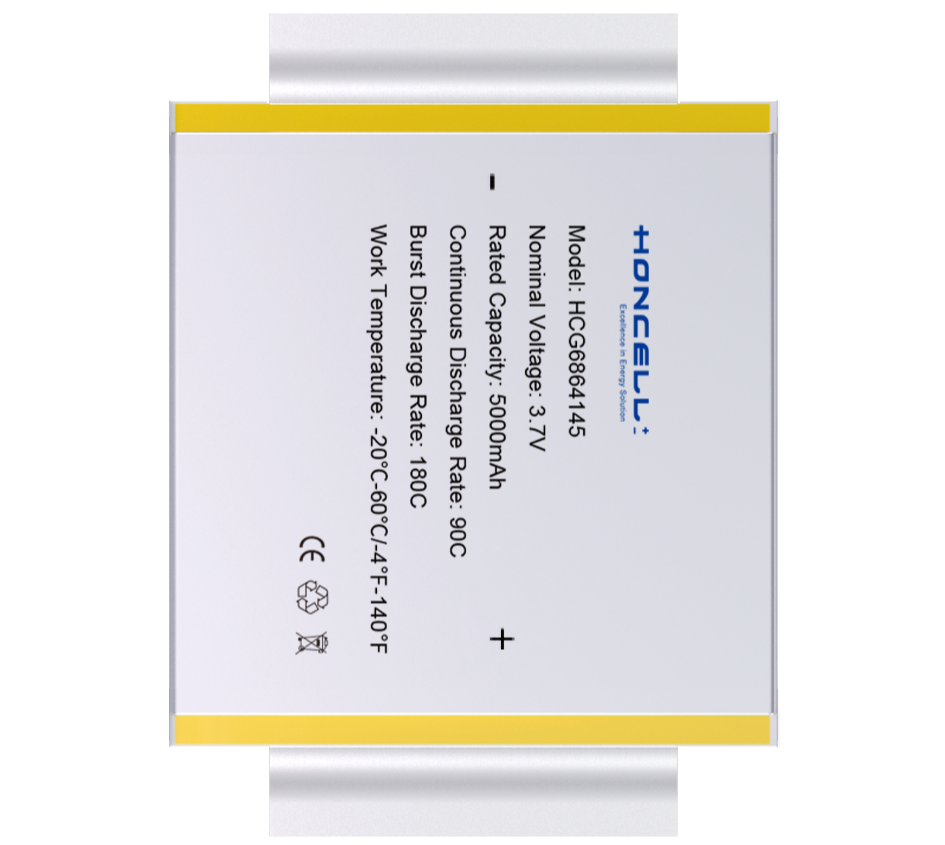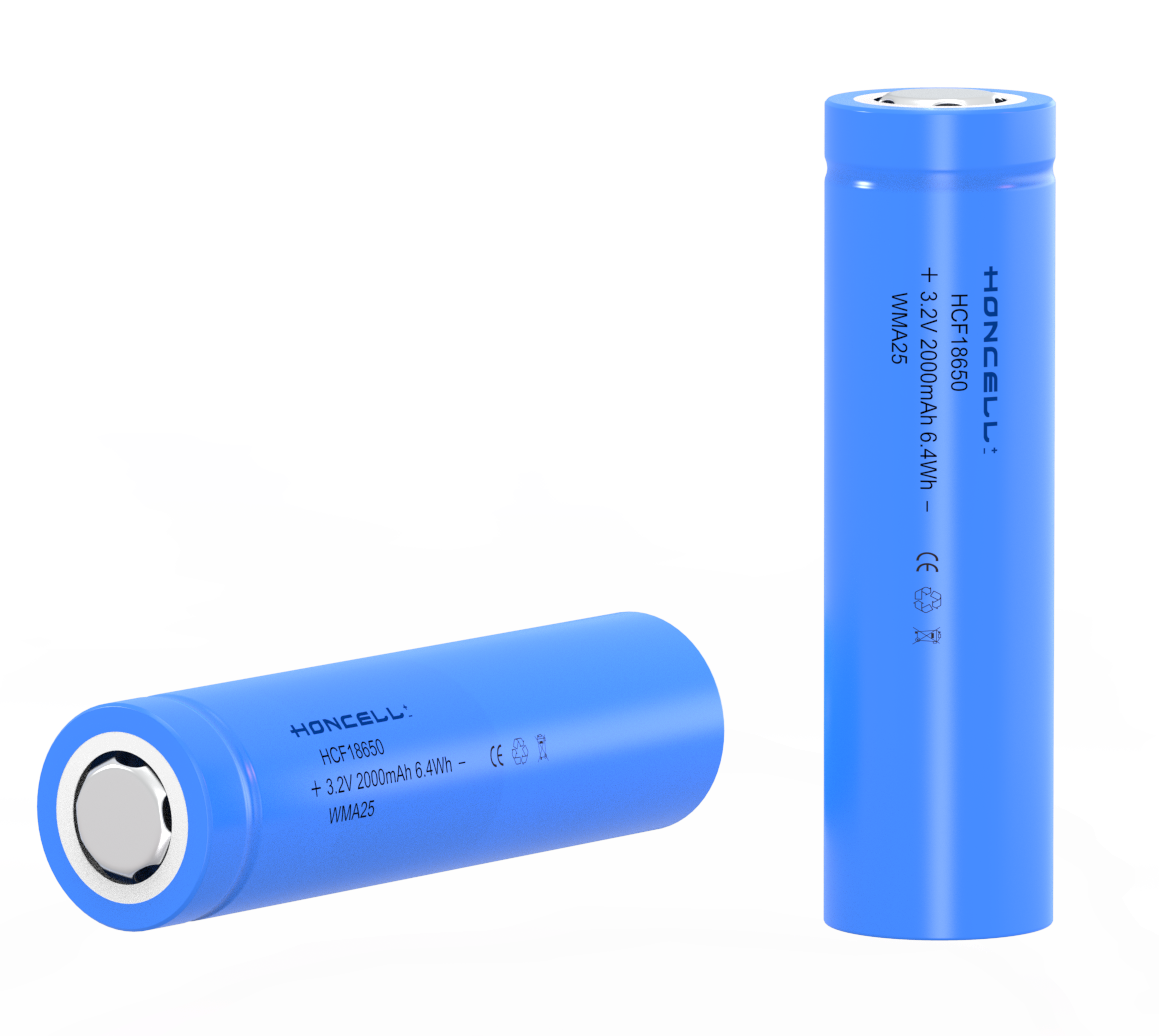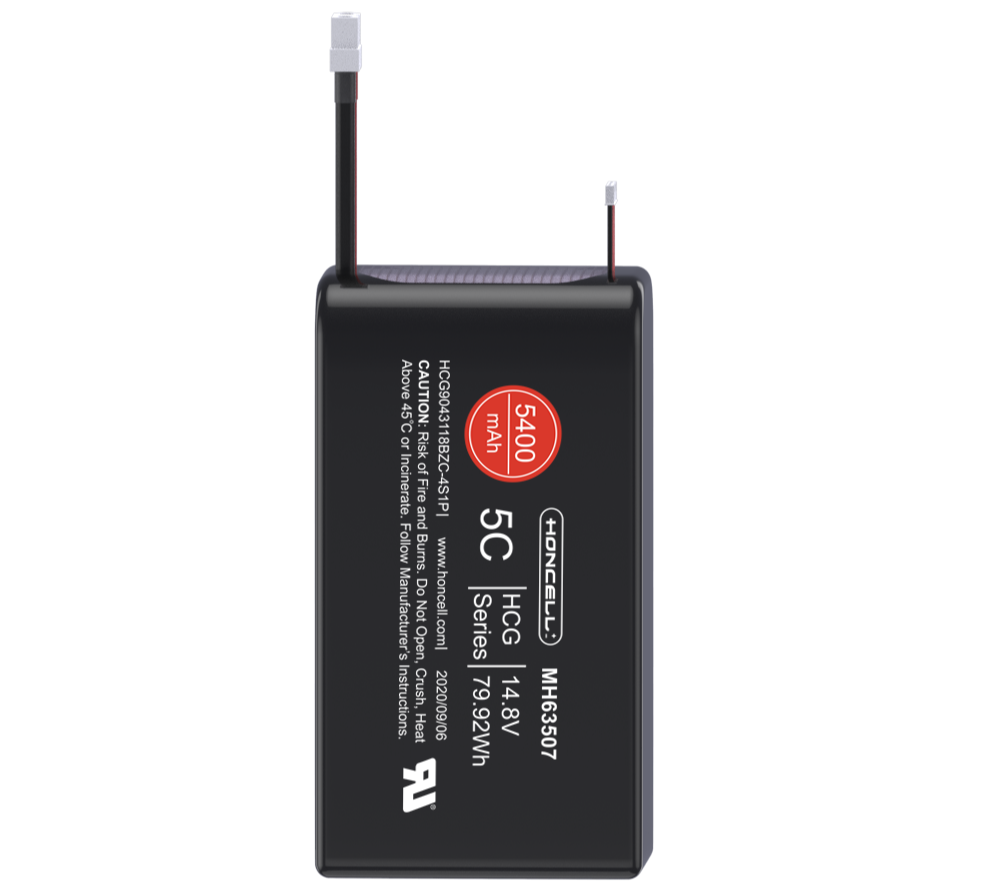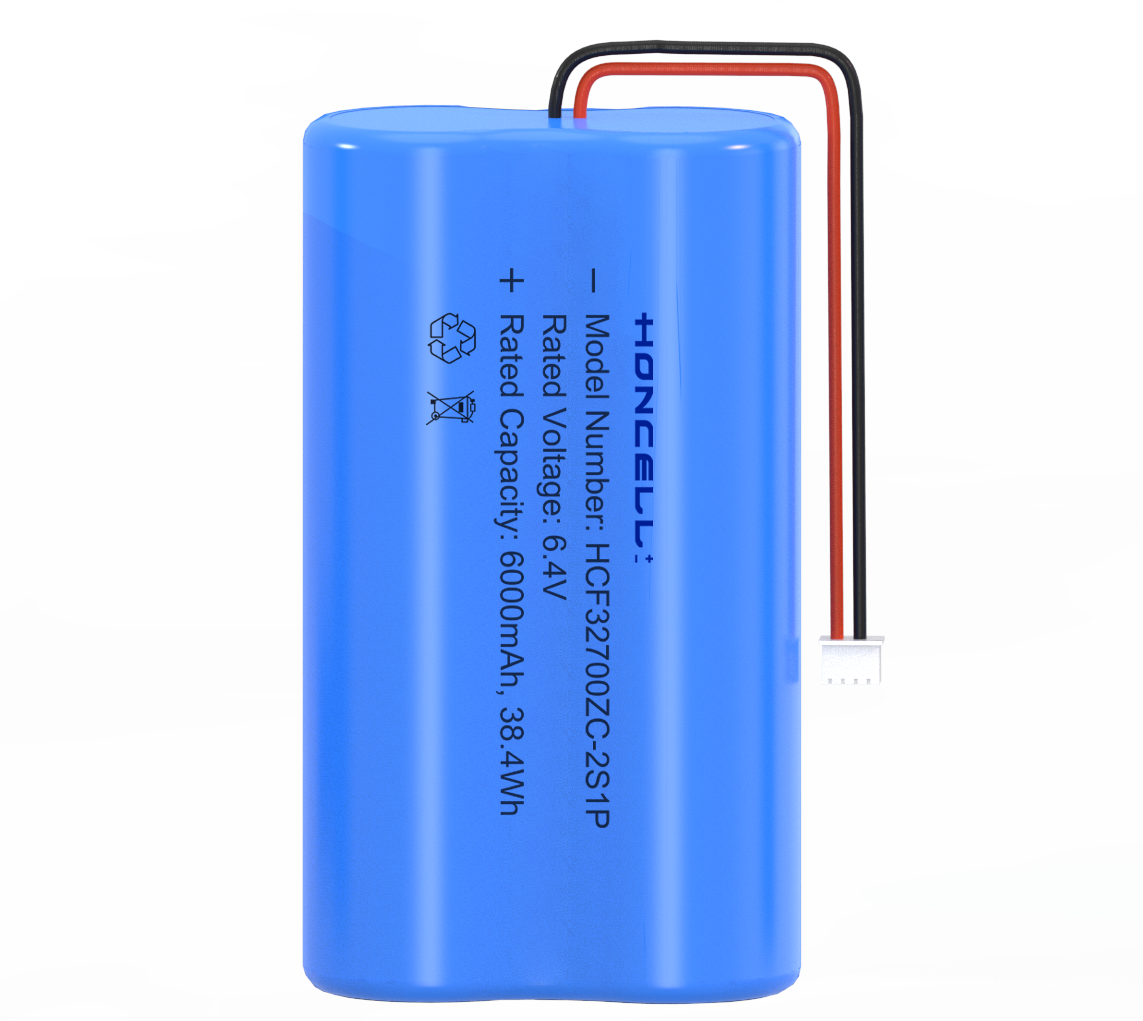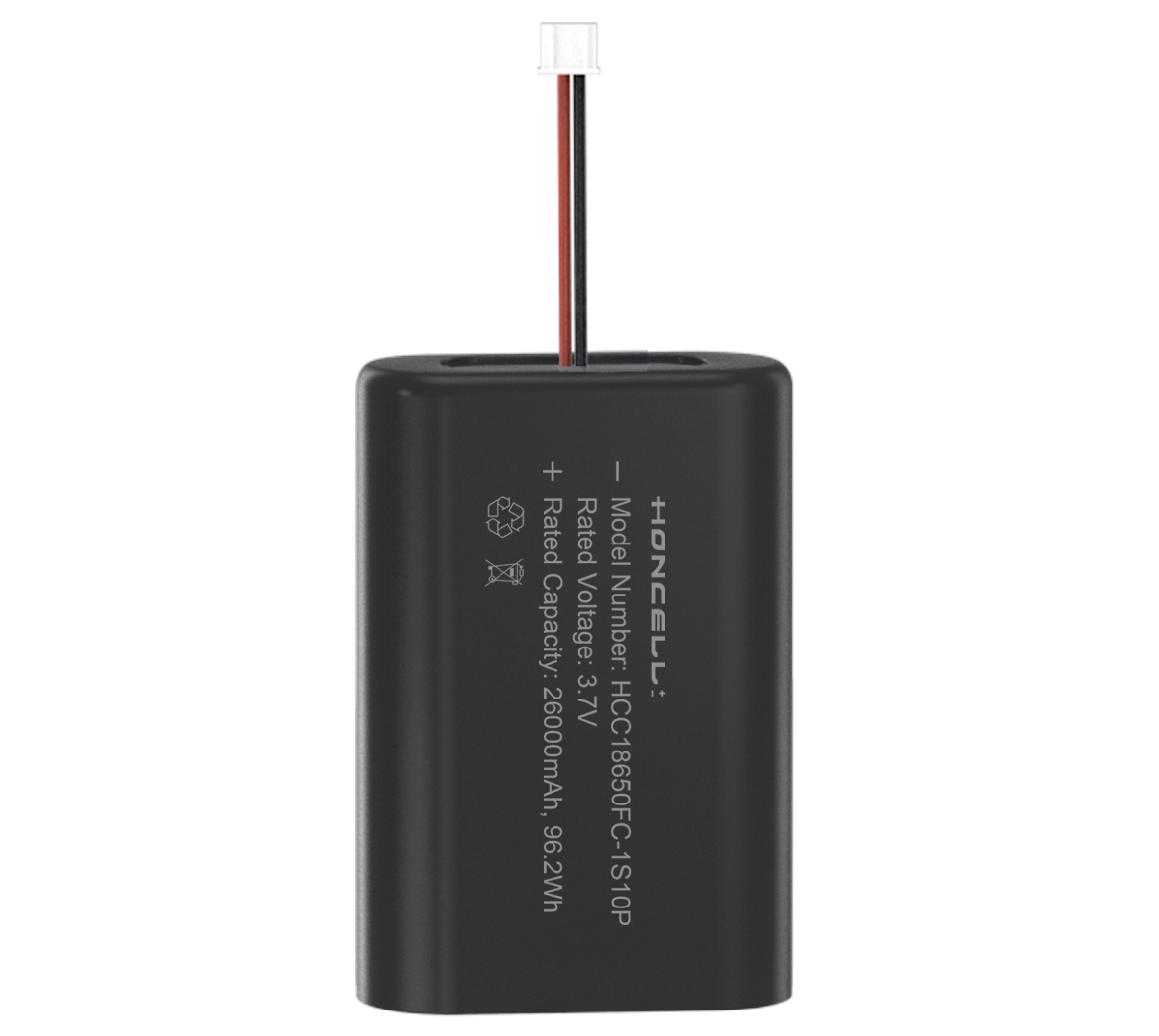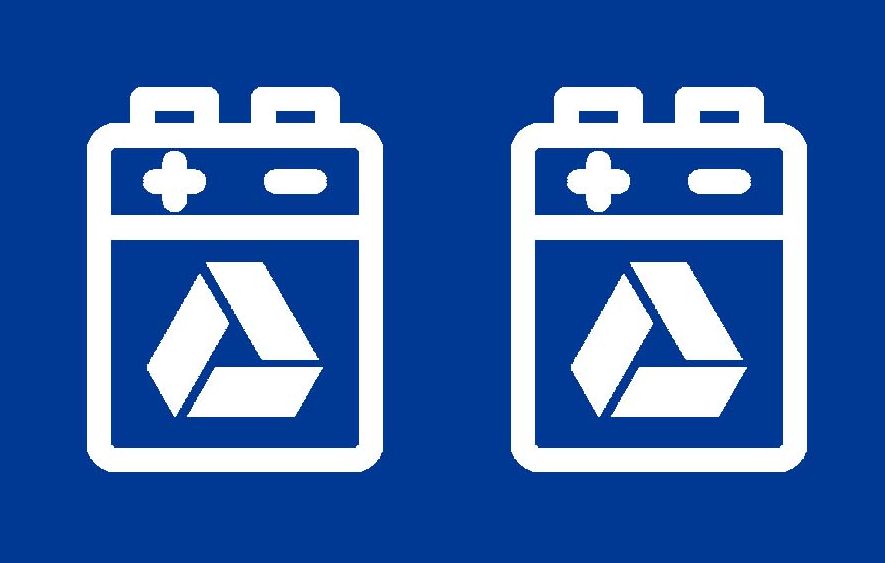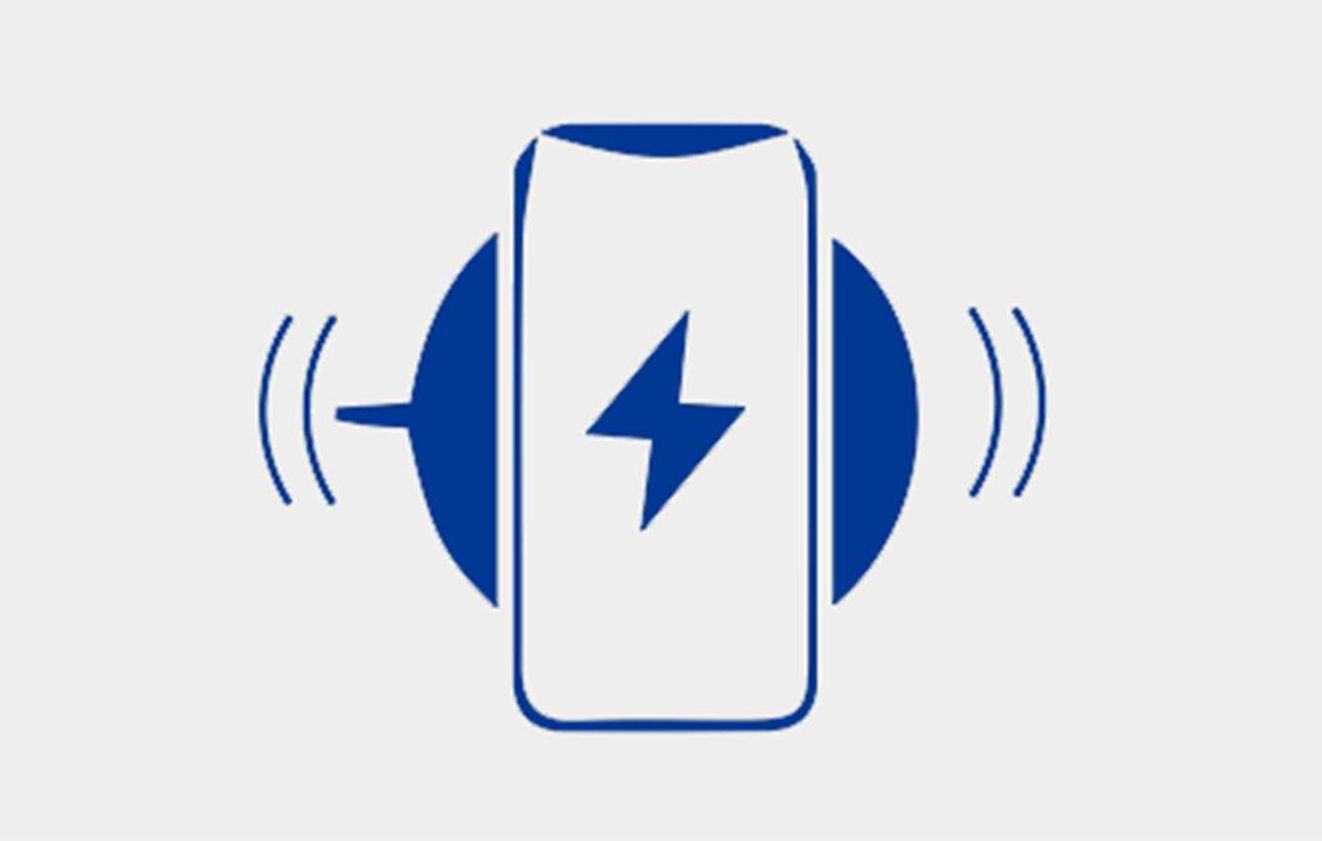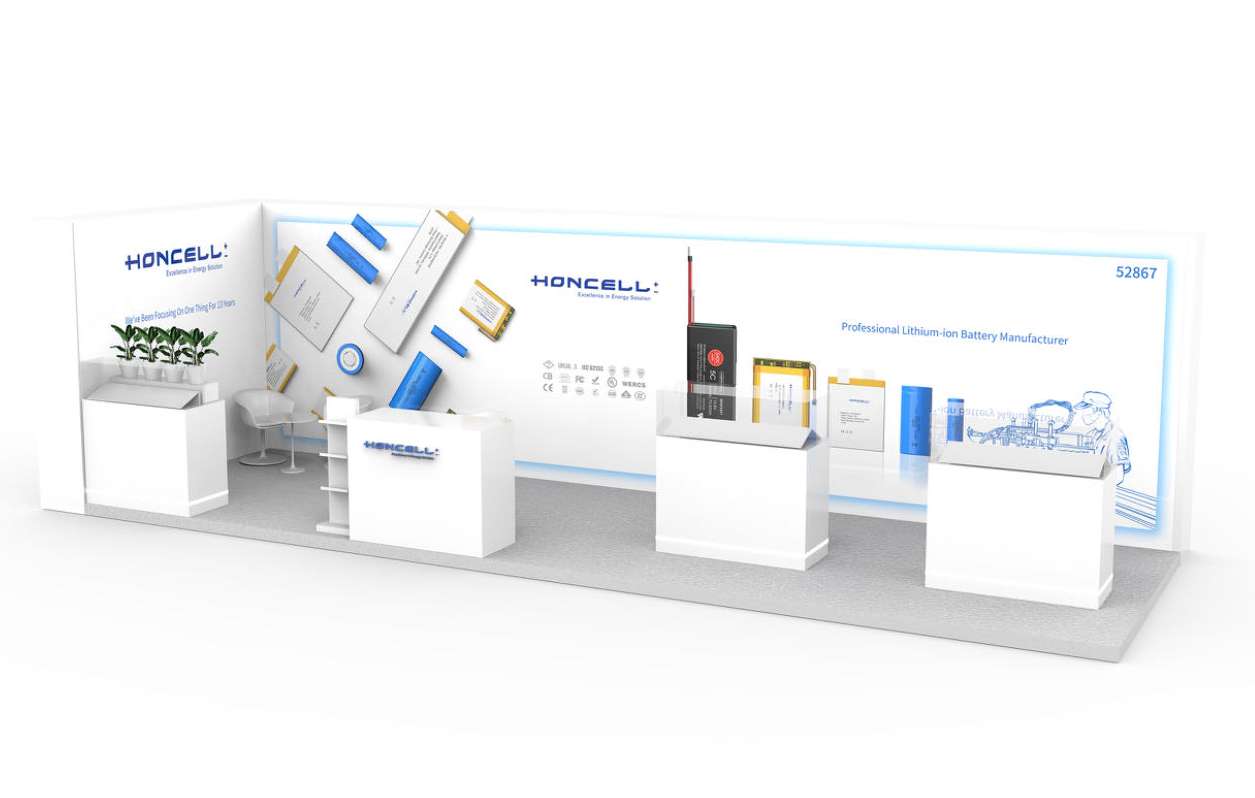Battery Terminology
Help you better understand common knowledge about batteries.
-
Basic concept
-
Parts
-
Features & Operation
-
Manufacturing & Technology
-
Secure
-
-
Batteries in series
Batteries in series will be wired by connecting the positive terminal of each battery to the negative terminal of the next. Batteries in series do not increase the capacity but the voltage.
Vseries=V1+V2+V3+...+Vn
Cseries=C1=C2=C3=...=Cn

-
Batteries in parallel
Batteries in parallel will have all the positive terminals connected together and the negative together as well. Batteries in parallel will have their capacities added together while the voltage remains the same.
Cparallel=C1+C2+C3+...+Cn
Vparallel=V1=V2=V3=...=Vn
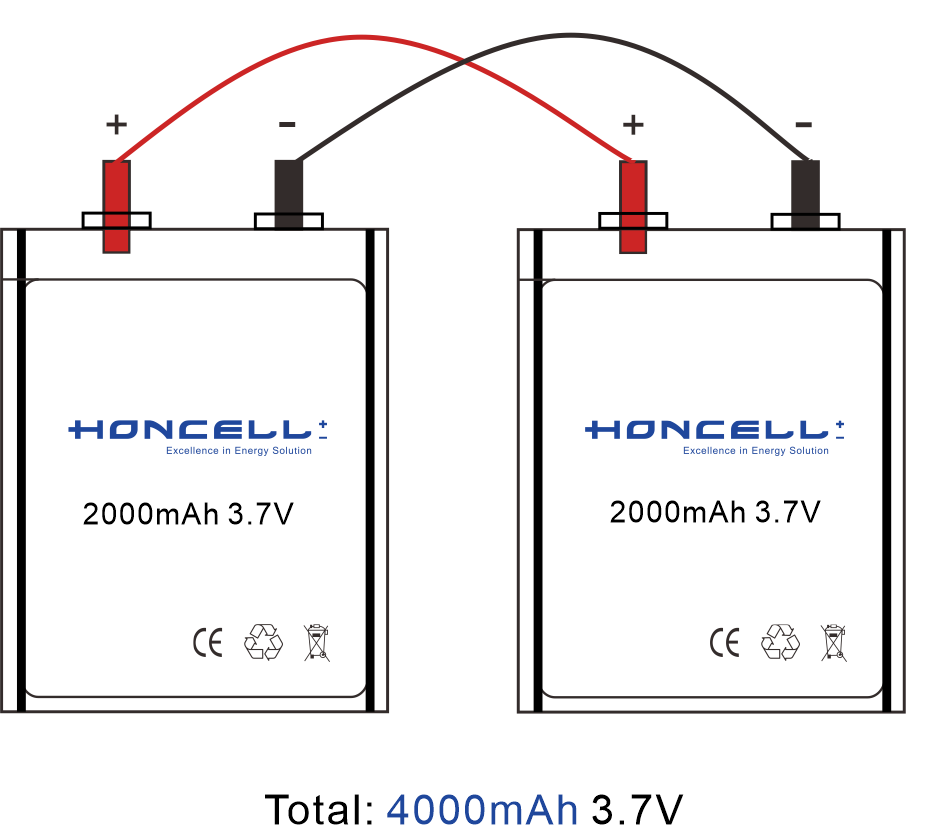
-
Batteries in serial-parallel connection
This refers to a combination of batteries connected both in series and in parallel. In this configuration, multiple batteries are connected in parallel, and each set is connected in series, which results in an overall increase in both voltage and capacity.
For an x series and y parallel (xSyP) battery pack:
Vtotal=x × Vsingle
Ctotal=y × Csingle
-
-
-
Separator
“A separator is an ion-permeable membrane between the anode and cathode of a battery, which keeps the two electrodes apart to prevent short circuits and allows ions to pass through.
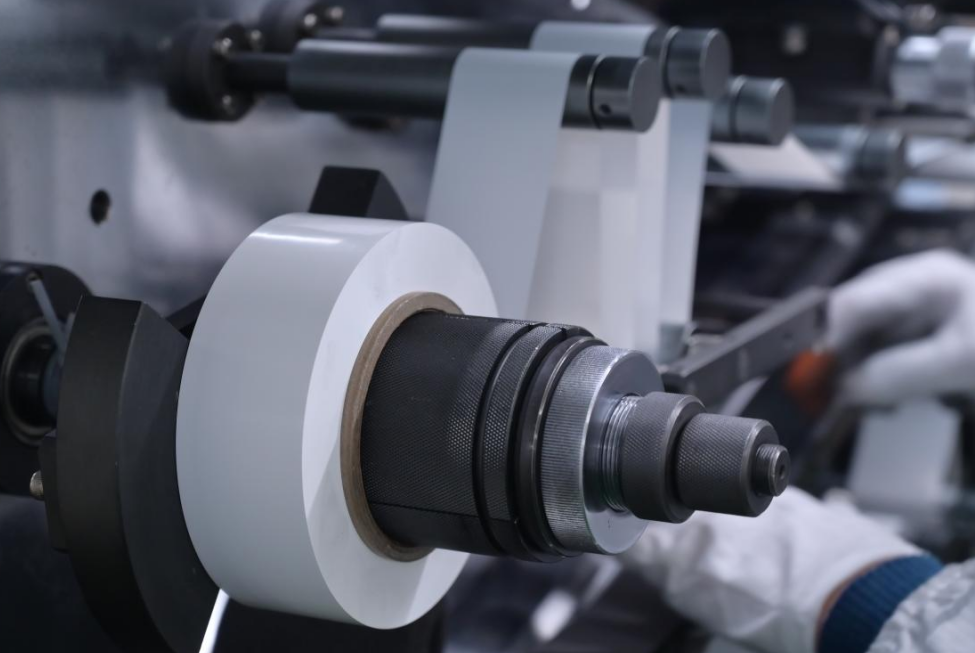
-
BMS
Battery management system. It typically uses sensors and microprocessors to monitor various parameters, including voltage, temperature, current, and state of charge, and then uses the data to optimize the battery performance, prevent overcharging, and over-discharging.
-
-
-
Norminal Voltage
It is a standard value assigned to the battery to simplify its characterization and usage. For most Li-ion polymer batteries, the nominal voltage is typically around 3.7 volts per cell; for LiFePO4 batteries, the nominal voltage is around 3.2 volts.
-
Internal Resistance
It refers to the opposition or resistance that the battery's internal components present to the flow of electric current. It is a measure of how much the battery's internal components impede the flow of electrons as they move through the battery during charging and discharging cycles.
A lower internal resistance is generally desirable in a Li-ion battery because it allows for more efficient transfer of electric current. Batteries with lower internal resistance tend to exhibit less energy loss in the form of heat and are better able to deliver and accept electric current under different operating conditions.
-
Over-discharge
Over-discharge can happen when a battery is used for too long without being recharged, especially when the battery does not have a PCM or BMS.
-
Self discharge
It is the gradual loss of charge or capacity of a battery or cell over time when it is not in use. The self discharge rate of HCP is.
-
Cycling life
The number of charge and discharge cycles that a battery can undergo before its capacity and performance begin to degrade significantly. It is an important factor to consider when selecting a battery, especailly in situations where the battery will be subject to frequent charging and discharging.
-
Discharge cut-off voltage
The number of charge and discharge cycles that a battery can undergo before its capacity and performance begin to degrade significantly. It is an important factor to consider when selecting a battery, especially in situations where the battery will be subject to frequent charging and discharging.
-
Energy Density
Higher energy density batteries can provide longer runtimes and reduce the weight and size of the battery required to power a given device.
-
-
-
Electrolyte injection
Electrolyte injection refers to the process of introducing or replacing the electrolyte solution inside the battery. The electrolyte solution is a key component of the battery that allows the flow of ions between the battery's positive and negative electrodes during charging and discharging cycles.
Honcell's electrolyte injection process takes place under a vacuum environment to ensure minimal moisture and impurities, resulting in high-quality electrolyte filling that enhances battery performance and lifespan.
-
Formation
The process of initially charging a battery to activate the active materials of a lithium battery and form a stable solid electrolyte interface (SEI) membrane.
-
Aging
Using certain methods to reactivate components in the active materials of the positive and negative electrodes, thereby stabilizing the overall performance of the battery.
-
Grouping
Grouping is the process of sorting batteries based on their capacity to ensure consistency and optimal performance.
-
-
-
Internal short circuit
An internal short circuit occurs when there is a defect, such as a burr or lithium dendrite, pierces the separator and creates a direct contact between the positive and negative electrodes. This can cause an uncontrolled flow of current within the cell, leading to a rapid discharge of energy, and potential safety hazards.
Internal short circuits in li-ion batteries can be caused by a variety of factors, including manufacturing defects, physical damage, and electrode degradation over time. They can also be caused by external factors such as overcharging, over discharging, and exposure to high temperatures.
There are some warning signs that may indicate the presence of an internal short circuit, including bulging or swelling of the battery, heat or smoke emanating from the battery, and a sudden drop in capacity or performance.
To prevent internal short circuits, it is important to use high-quality batteries and chargers designed for specific applications and practice proper handling and storage.
-
Leakage
Leakage occurs when the electrolyte solution inside the battery leaks out of the battery's casing. The leakage can cause several results including decreased battery performance, potential safety hazards, and damage to the device the battery is powering. Therefore, it is important to use high-quality batteries from reputable manufacturers, and handle them properly.
-


